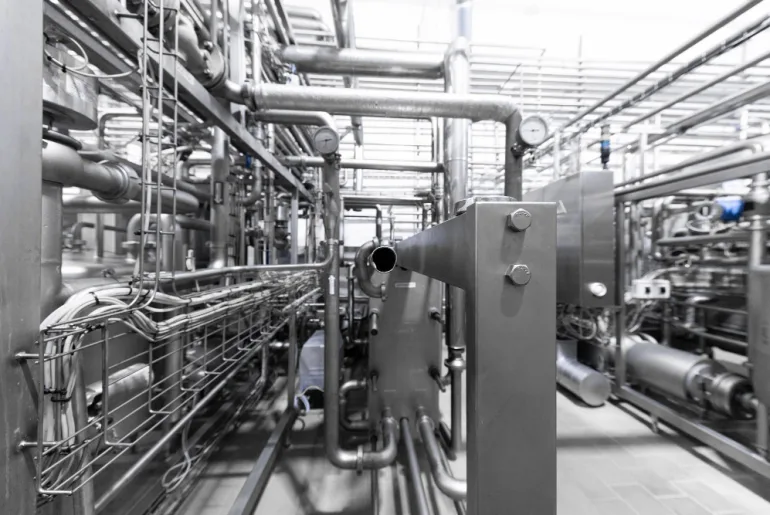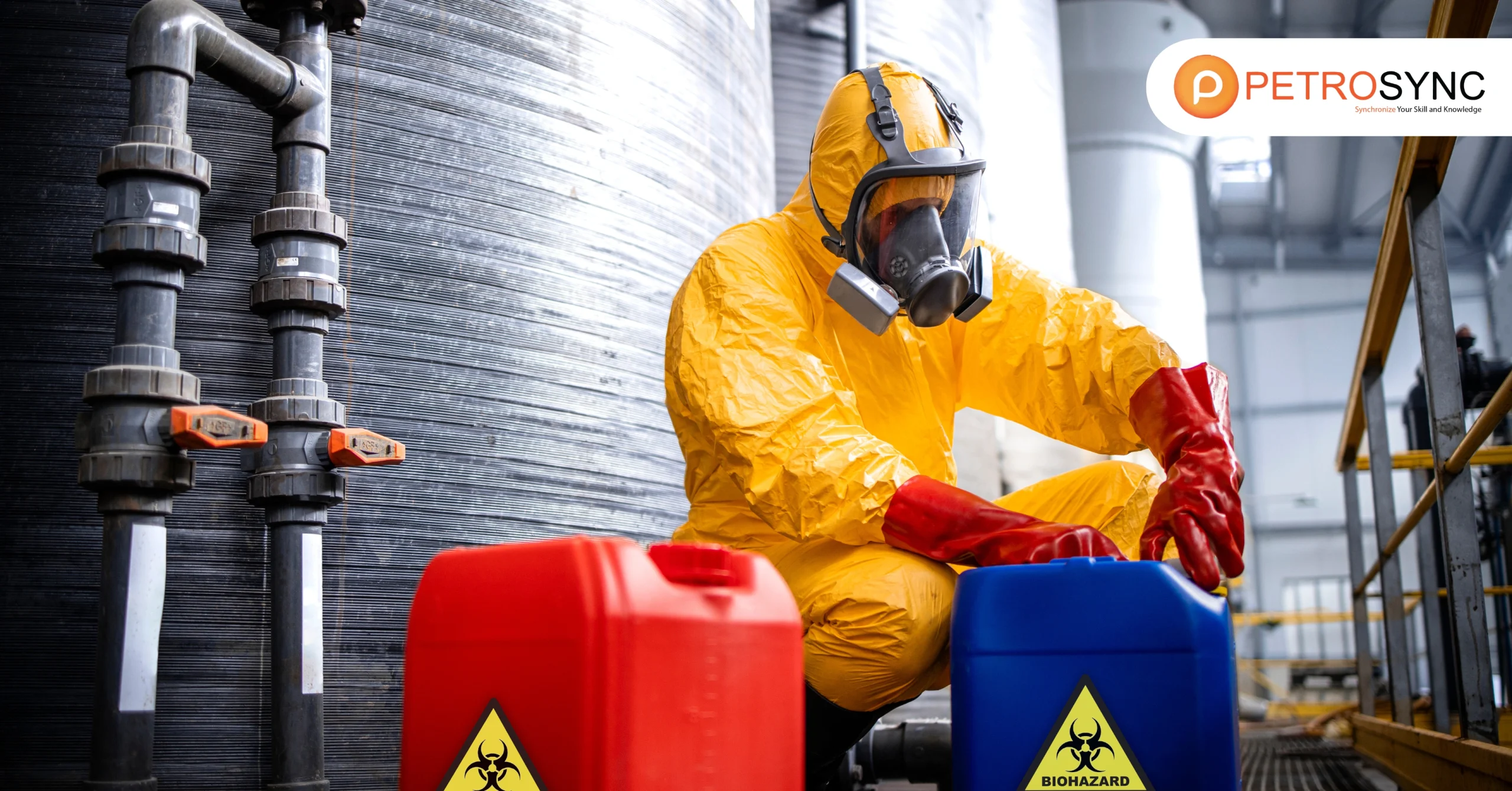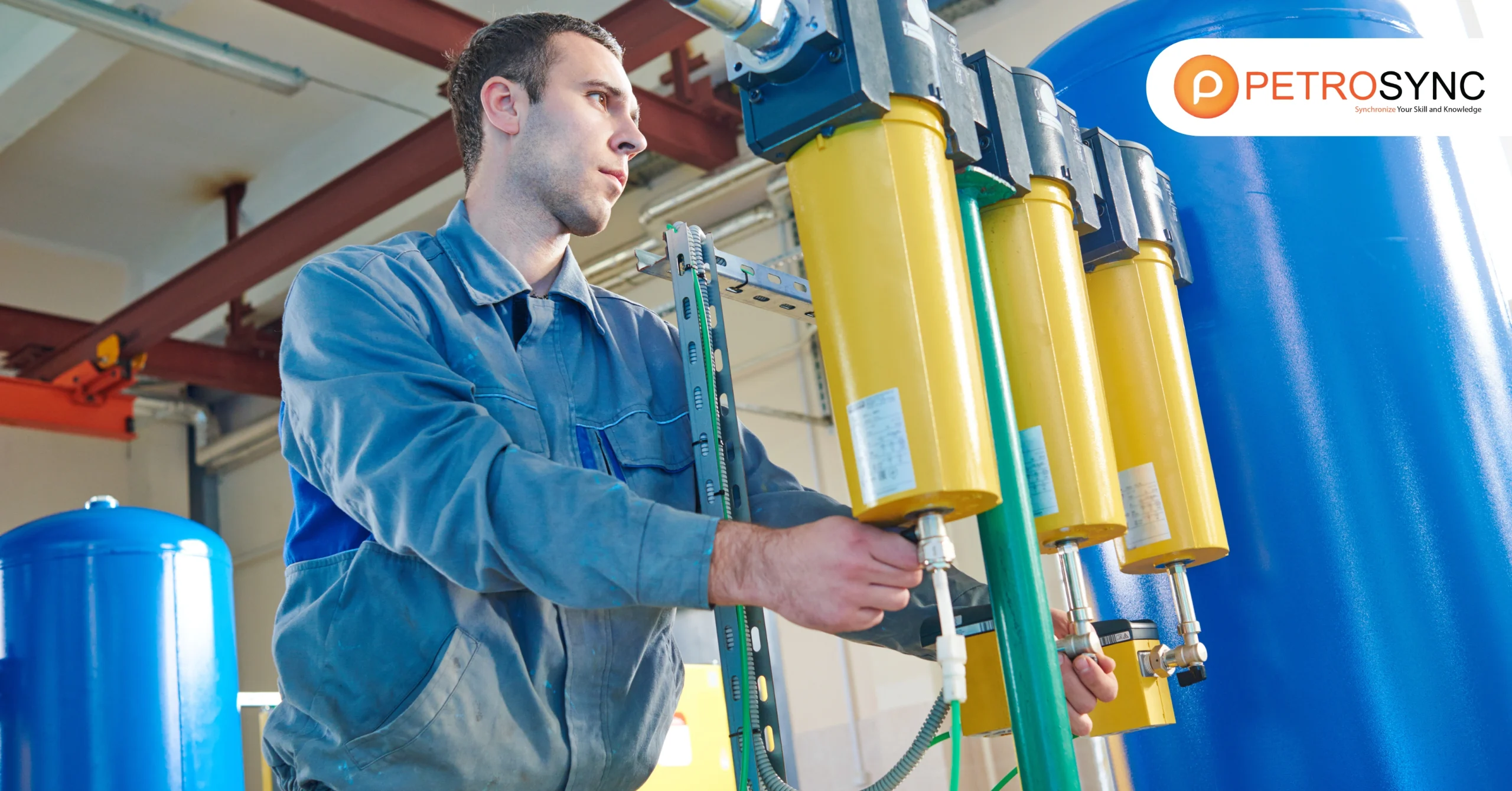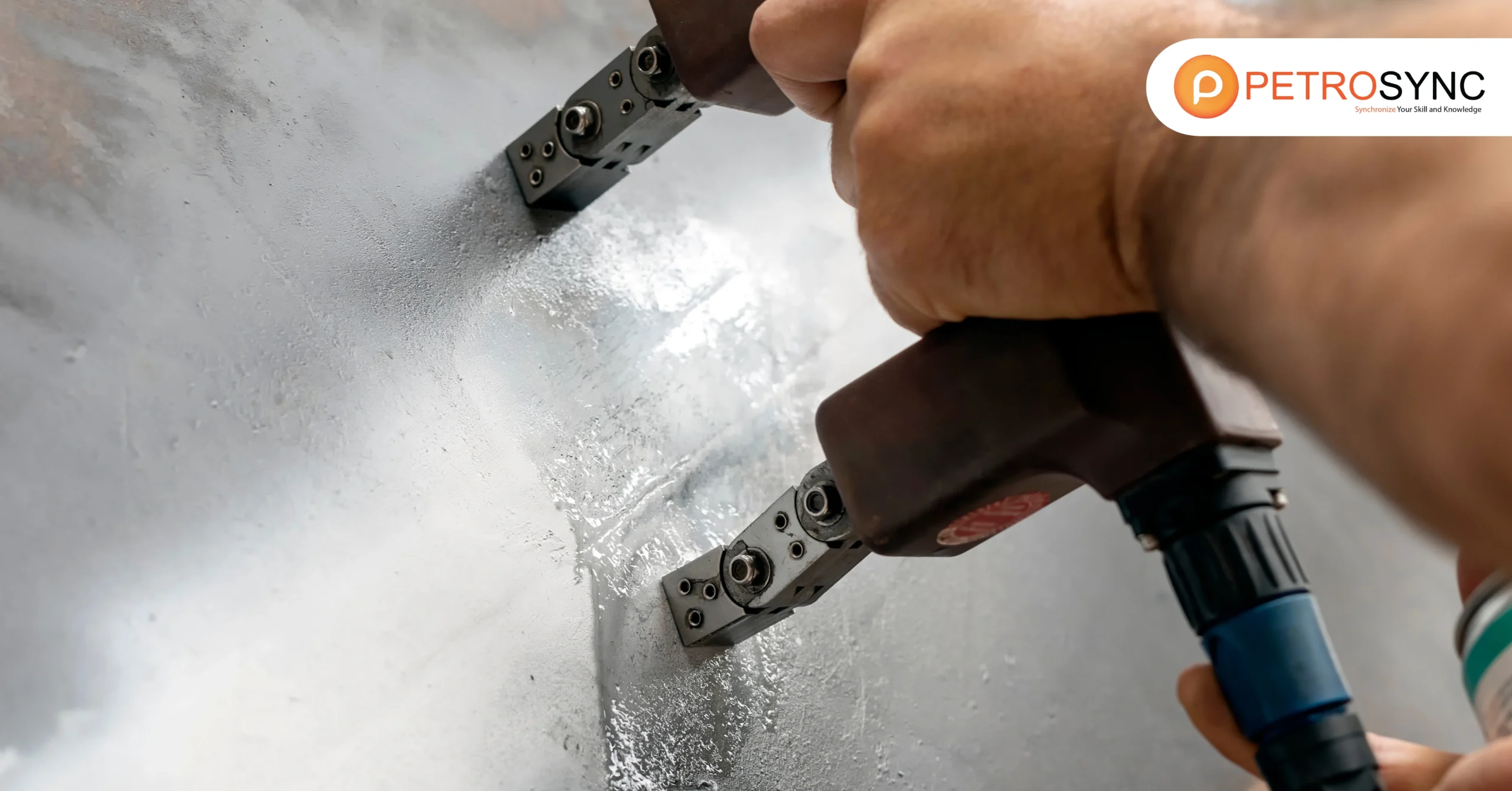ASME B31.3 is a set of guidelines created by the American Society of Mechanical Engineers (ASME) that provides instructions for the design, construction, and maintenance of process piping systems. It is widely accepted and used by professionals in the industry to ensure that piping systems meet regulatory requirements and are safe and dependable.
ASME B31.3 covers a broad range of topics related to piping systems, including material selection, calculations for pipe wall thickness, design of supports and restraints, welding techniques, and inspection and testing requirements. It is frequently updated to reflect the latest industry developments and best practices.
What Is The Latest Edition Update of ASME B31.3?
The 2022 edition of the ASME B31.3 Process Piping Code has made several changes and additions to its definitions and requirements. Cited from ANSI, here are some of the latest updates of ASME B31.3:
- New definitions have been added for construction, designated lot, combination welded (COW) pipe, post weld hydrogen bakeout, and set pressure while existing definitions have been revised.
- Double-seated valves are now subject to specific requirements.
- Table 323.2.2A, which provides tabular values for minimum temperatures without impact testing for carbon steel materials, has been completely revised.
- Welding requirements have been updated to include prohibitions on peening, and clarification has been provided on post weld hydrogen bakeout performed at a temperature.
- Clarification has also been added for progressive sampling for examination.
- Part 5, “Flexibility and Support,” now addresses supports for piping lined with nonmetals.
- Table K341.3.2, which provides acceptance criteria for welds, has been completely revised.
- Appendix F, “Guidance and Precautionary Considerations,” now includes information on piping flexibility, examination requirements, and loads due to temperature gradients.
What Is ASME B31.3 Training Course Objective?
PetroSync’s ASME B313 training course, which lasts for five intensive days, aims to provide the attendees with a thorough understanding of the ASME B31.3 Process Piping Code and its practical application for all aspects of piping, from design to testing and certification. The training course will offer detailed insights into the code requirements for designing piping components, branch connections, selecting flanges and fittings, considering flexibility, materials requirements, fabrication, welding, non-destructive examination, and pressure testing. The training course will cover piping systems commonly used in industries such as petroleum, refineries, and petrochemical plants. It will emphasize the need to understand both the “stated” and “implied” requirements of the code, including its content and intent.
What Is ASME B31.3 Training Course Outline?
On Day 1, the training course will provide an understanding of the ASME B31.3 code. The class discussion will also cover the definitions of various services and the concept of the weld quality factor. The complete outline is served below:
- Objectives and Intent of ASME B 31.3 Code
- ASME B 31.3 Scope and Applicability
- Understanding of the Codes, What Means Shall, Should, and May in Code
- Code Contents, Stated & Implied Stipulations in The Code
- Design Conditions, Design Pressure & Design Temperature
- Various Fluid Services that are Generally Encountered
- Definitions of Category D, M, U, Normal, and High-Pressure Services
- Concept of Weld Strength Reduction Factor
- Weld Quality Factor
- Allowable Stresses and The Basis for Its Calculations
- Design of Piping Components for Internal Pressure
On Day 2, the training course will cover the design of piping components for external pressures, branch connections with reinforcements, and the selection of flanges and fittings such as elbows, tees, and blanks. The complete outline is served below:
- Design Of Piping Components For External Pressures.
- Design Of Branch Connections –Reinforcements
- Selection Of Flanges
- Design Of Pipe Fittings Such As Elbows, Tees, And Blanks
- Service Considerations In Design
- Flexibility Considerations
- Case Studies In Flexibility Calculations
- Methods To Incorporate Flexibility In Piping Systems
- U – Loops, Expansion Joints
On Day 3, the training course will cover extensive case studies on piping design, including piping span calculations and the selection of supports and hangers. The complete outline is served below:
- Extensive Case Studies On Piping Design
- Piping Span Calculations
- Selection Of Supports And Hangers
- Material Identification, Certification, And Traceability
- Code-Accepted Materials And Material Testing
- Listed, Unlisted Materials
- General Requirements To Be Checked Before the Selection Of Material
- Limitations Imposed By Code On Materials
- Impact Testing Requirements
- Acceptance Criteria As Per Asme B 31.3
On Day 4, the class discussion will be about the design interface with fabrication, assembly, and erection, as well as the code requirements for preheating and PWHT. The complete outline is served below:
- Design Interface With Fabrication, Assembly, And Erection
- Code Requirement For Preheating And Pwht
- Design Interface With Inspection, Examination, And Testing
- How To Conduct And Certify Pressure Testing
- Hydrostatic Testing Of The Piping System
- Pneumatic Testing Of The Piping System
- Service Leak Test
- Ndt In Lieu Of Leak Test
- Case Studies
On Day 5, the class topic will be about advanced design requirements for various fluid services, including toxic, high-pressure, and high-purity fluids. Real-world case studies will be used to illustrate the discussed concept:
- Additional Code Requirements For Special Fluids Services
- Specific Design Requirements For Toxic Fluid (M Category) Services
- Design Requirements For High-Pressure Fluid Services
- Design Requirements For High Purity (U Category) Fluid Services
- Design Requirements For High Pressure ( Category K) Fluid Services
- Overview Of Flanges As Per Asme B 16.5
- Piping Integrity Assessments As Per API 570
- Making Run-Repair-Replace Decisions
- Calculation Of Remaining Life And Mawp Of Piping System
- Real-World Examples And Case Studies
Is There Any ASME B31.3 Certification Issued by ASME?
Currently, ASME does not offer a certification program for ASME B31.3. However, attending the ASME B31.3 training course by PetroSync is still strongly recommended. Engineers involved in the design, construction, operation, and maintenance of pressure vessels and piping systems can benefit from PetroSync’s ASME PCC-2 training course since the guidelines help ensure that in-field equipment strictly follows industry best practices and complies with relevant codes and standards.
Who Should Attend ASME B31.3 training course?
The ASME B31.3 training course by PetroSync is perfect for:
- Piping engineers and designers
- Plant engineers who require a grasp of the code requirements for compliance in piping design, analysis, and testing.
- Managers, engineers, supervisors, and plant operation personnel who work in refineries, petrochemical plants, and other process industries.
In-field engineers in the process industries will benefit greatly from this training course. Attendees are required to bring a laptop with a Microsoft operating system and a scientific calculator.
Attendees can gain valuable insight into the code requirements about the design of piping components, branch connections, selection of flanges, fittings, flexibility considerations, materials requirements, fabrication, welding, NDT examination, and pressure testing. Reserve your spot and master the material selection, fabrication, erection, and testing of piping systems with PetroSync!
Credit Header Image: Freepik.com

SEO specialist by day, fact-checker by night. An avid reader and content writer dedicated to delivering accurate and engaging articles through research and credible sources.







